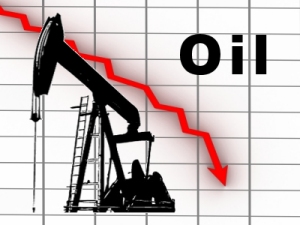
That spells more pain for the energy sector. Many companies have already slashed spending and culled their payrolls, but the total number of job losses continues to climb.
According to Graves & Co., an industry consultant, oil and gas companies have laid off more than 250,000 workers around the world, a tally that will rise if oil prices remain in the dumps.
“I was surprised it’s gotten this far,” Graves & Co.’s John Graves told Bloomberg in an interview. In an eye-catching statistic that highlights who exactly is bearing the brunt of the downturn, Graves says that oilfield service companies account for 79 percent of the job losses.
Still, upstream E&P companies are also being substantially squeezed by another plunge in oil prices. According to an analysis by the Texas Alliance of Energy Producers, a new round of layoffs could be underway in Texas, for example. The Texas Alliance predicted that the first drop in oil prices last year would lead to 40,000 to 50,000 layoffs in Texas. But the renewed drop since the end of the summer could force many more cuts. Right now, the group is putting a conservative estimate at 56,000 job cuts so far, but they say the real tally is probably higher.
Beyond oilfield services and E&Ps are not the only ones feeling the heat. Pipeline companies are also starting to lay off workers as well. Last week Enbridge confirmed that it was laying off 500 workers and leaving 100 positions unfilled, according to the Financial Post. The job losses account for about 5 percent of Enbridge’s North American workforce.
Fellow Canadian pipeline company TransCanada says that it will be issuing pink slips as well. While TransCanada confirmed that it would cut payroll, it declined to put an exact number on how many people would lose their jobs. TransCanada, reeling from the rejection of the Keystone XL pipeline, is struggling to get several major pipeline projects through the permitting phase, although it just won the go-ahead to build a large natural gas pipeline in Mexico.
Article Source:
This article by Charles Kennedy is courtesy of Oilprice.com
